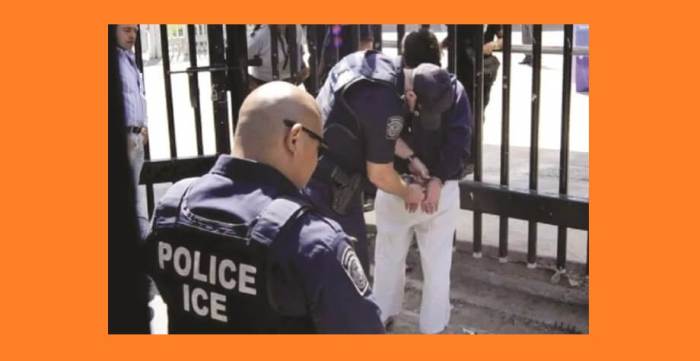 Each year, millions of motorists encounter trouble with their vehicle. How well you deal with such difficulties can have a direct effect on your personal safety, so it’s important to handle your situation with the appropriate care. If your vehicle breaks down, these general suggestions and guidelines will help ensure safety for yourself and any passengers.
Each year, millions of motorists encounter trouble with their vehicle. How well you deal with such difficulties can have a direct effect on your personal safety, so it’s important to handle your situation with the appropriate care. If your vehicle breaks down, these general suggestions and guidelines will help ensure safety for yourself and any passengers.
Note Your Vehicle’s Location
While driving, continually monitor your location – you will need this information when calling for assistance. Make note of your surroundings and any nearby landmarks, buildings or road signs. If on an interstate highway, note the mile marker, last exit number and, if possible, the nearest emergency call box or rest area.
Assess Your Vehicle’s Problem
On the road, be aware of any warning signs such as steering problems or steam/smoke coming from under the hood. Keep your radio at a moderate sound level so you can listen for any unusual noises.
If you get a flat tire, the first rule is not to panic. Make sure to signal, slow down and carefully pull off the road onto the shoulder while avoiding any sudden maneuvers.
If you run out of gas or your engine stops, switch on your emergency safety lights, steer your vehicle out of traffic and let its momentum get you off the road to a safe place. Avoid applying the brakes until necessary.
Pull Off The Road
Always pull over on the shoulder as far away from traffic as possible. On most roads, you should exit onto the far right shoulder. If you are on an interstate or multi-lane highway with medians, consider pulling over on the left shoulder where more room is available.
If you cannot pull off the road and your vehicle is inoperable, switch on the emergency flashes immediately. If you cannot get your vehicle away from traffic or think you may be struck from behind, exit your vehicle safely. Watch for oncoming traffic – especially at night or when visibility is limited. Do not attempt to push your vehicle. Do not stand behind or in front of your car as other drivers may have trouble seeing you, increasing your risk of being hurt.
Alert Other Motorists
Your vehicle should always be visible to other motorists, especially since many are traveling at a high speed rate and must be able to see it from a distance to stop or move to another lane. Always turn on your emergency flashers—especially at night. To keep drivers even more alert, raise the vehicle’s hood and tie a brightly colored handkerchief or scarf to the antenna or door handle.
Communicate Your Situation
Once you are in a safe location, notify others of your vehicle breakdown. Once safely away from traffic, make a call on your cell phone from inside your vehicle. Otherwise, do so at a safe distance from the vehicle and roadway.
If you do not have a cell phone, consider whether a nearby location has a pay phone. Carry extra coins or buy a prepaid long distance phone card to keep in your car in case of emergencies. If there is no telephone available within a safe walking distance, get the attention of other drivers and seek out law enforcement officers if possible.
Remain With Your Vehicle
If you are able to pull away from traffic, it is safest to remain in your vehicle until a law enforcement officer or road service provider arrives. Keep your doors locked and windows closed. Always be mindful of your surroundings and keep a flashlight nearby at night.
If you have to leave your vehicle, do so securely and go to a location within safe walking distance. Take extra precaution and leave a note on the dashboard stating where you are going for help and the time you left.
—Submitted by AAA Northeast































